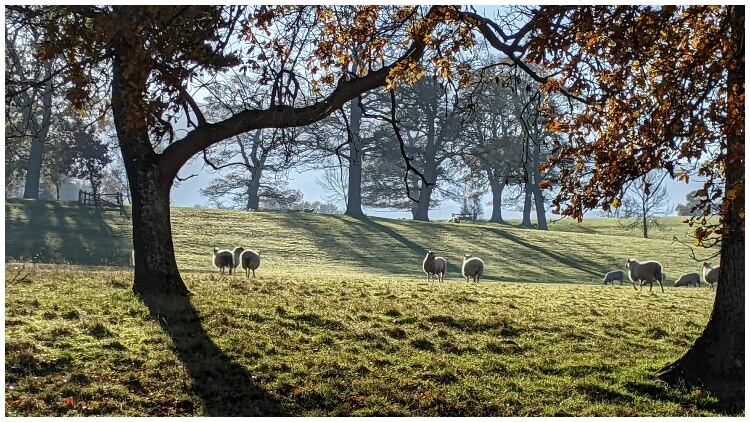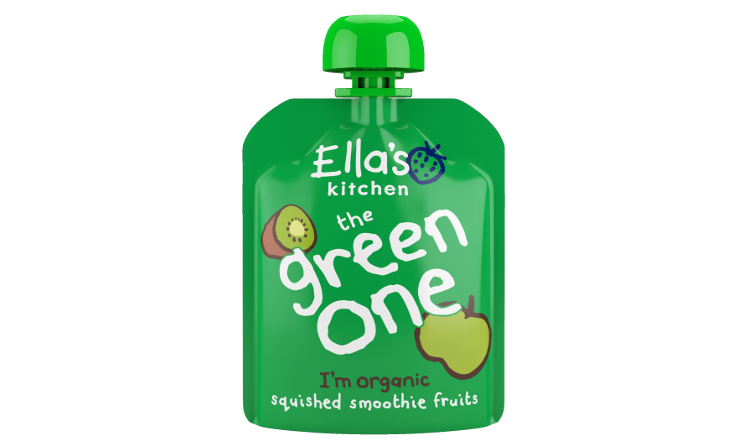The company’s expansion of its reporting base is part of its work to complete a full and detailed footprint of scope 3 emissions. In its investigations, Avara found that agriculture accounted for 23% of emissions.
What started with a sample of farms covering 30% of Avara chicken farming base has been doubled. By 2025, Avara planned to have carbon reporting in place for every farm in its supply chain.
By measuring data for individual farm’s, the poultry firm is able create bespoke footprints on a farm-by-farm basis. This level of detail means they can create targeted and specific reductions plans, to meet the needs of each farm.
Journey to NetZero
Sustainability director Andrew Brodie (pictured) said: “Expanding our footprinting exercise to 60% of chicken farms is a really positive and vitally important next step on our ongoing journey to NetZero. For us to reduce our overall footprint, it’s essential that we understand what it is and where it occurs, and you can only achieve this by measuring it.
“Data has always been at the heart of our environmental reduction plans and this project will deliver accurate, robust and accessible information on the profile of our farms scope 3 emissions, helping us and our suppliers, drive meaningful change together.”
Avara has used data captured from its footprint exercises to develop strategies that actively drive down emissions within its operations and the wider supply chain as opposed to simply offsetting them.
David Neilson, agricultural director at Avara, said its partnership approach with its suppliers and customers was the key to driving change in Avara’s scope 3 emissions and has built a clearer picture of its wider footprint.
Comparing to other farms
Grower, Tom Powell, who’s participating in the exercise, commented: “It’s great to be working with Avara on this project, and extremely valuable to our farming business to be benchmarked based on emissions and understand how we compare to other farms by measuring our footprint.
“The feedback covers key areas, like feed, fuel and electricity, and importantly highlights opportunities for improvement. So really, it’s benefiting everyone involved; growers can use it to highlight hotspots and drive efficiencies saving money, and Avara are able to improve their data to better understand their scope 3 footprint.”
Meanwhile, in an exclusive roundtable, Food Manufacture heard from industry leaders and SMEs alike, as their sustainability leads discussed the challenges of scope emissions and how food and drink producers could start to manage and measure them accurately and with more meaning.





